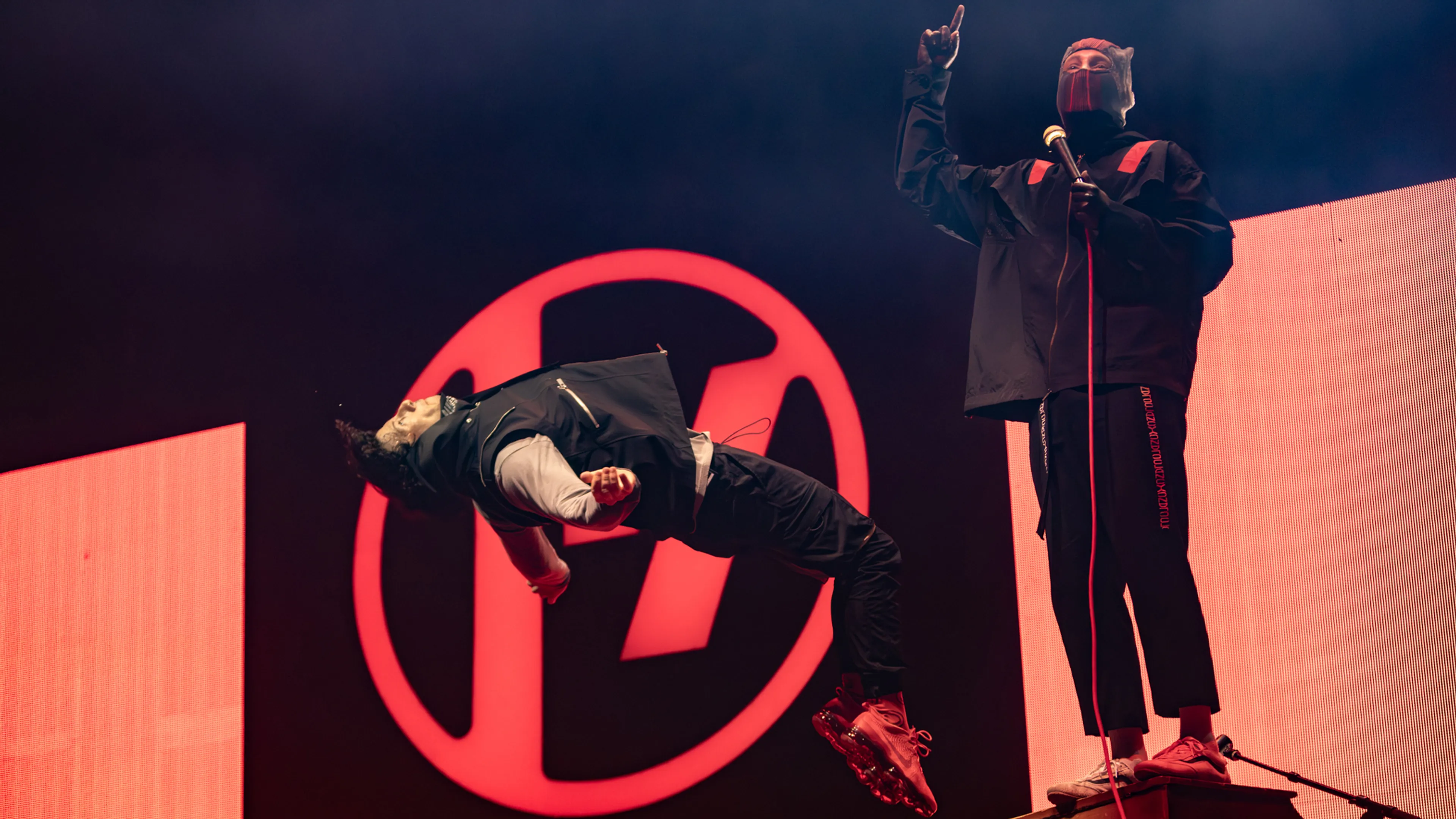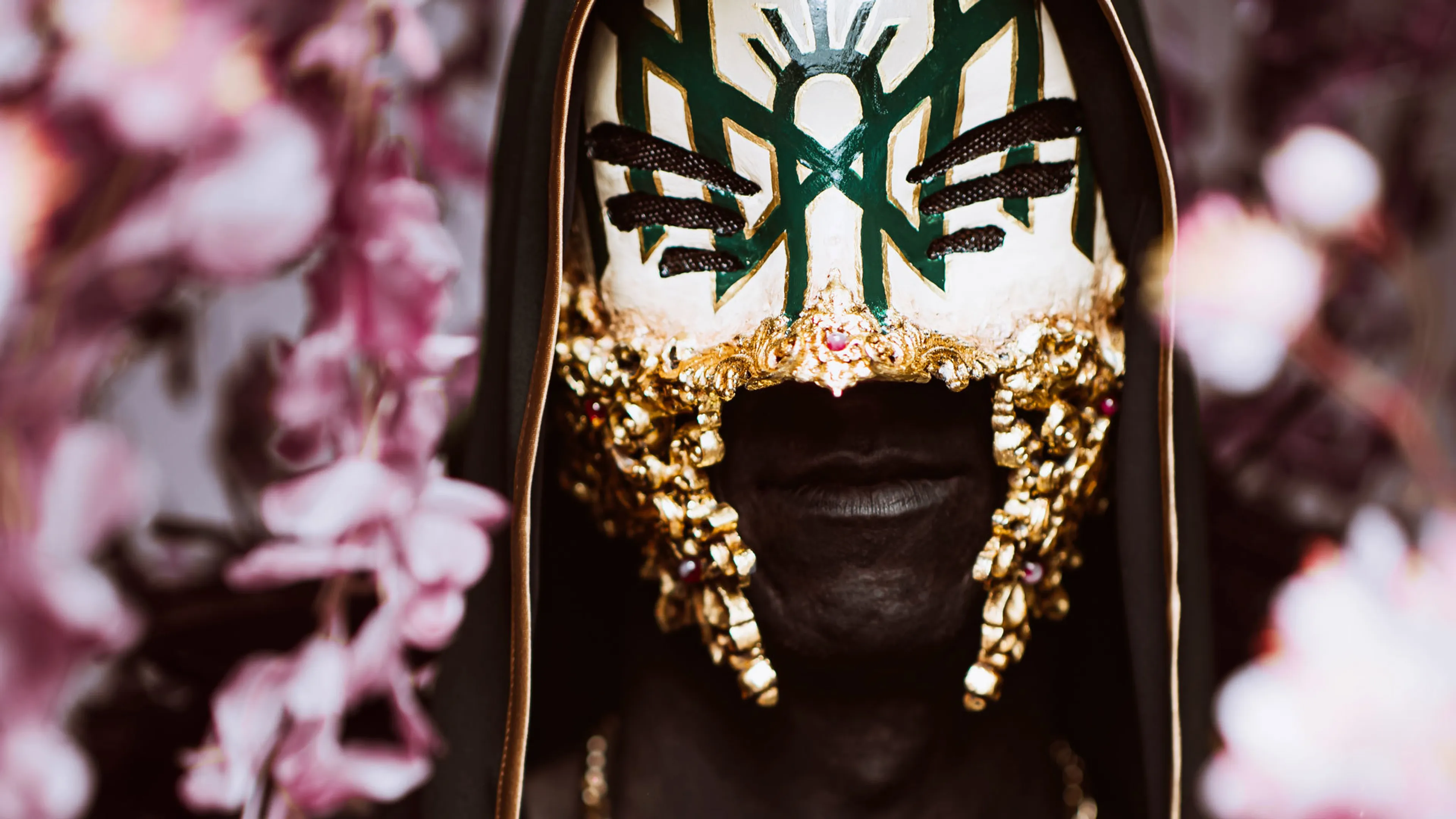The musician continues that the tool enables him specifically to “describe the vibe and themes of [his] music”, and AI generates a variety of cover art to choose from. His process for creating album artwork is rather simple. He listens to his latest tracks, picking out the “emotions, concepts, and imagery” he wants it to convey. He then “inputs those details into an AI art generator like DALL-E or Midjourney”. He can pick his favourite from what they generate, or he can choose elements of each piece to combine together for the final product. “The whole process only takes a few hours now compared to days or weeks commissioning an artist,” Harrison says.
And in a world where time is money, it can assist in more timely production of artwork. When on a tight schedule, Harrison elaborates that AI has the ability to “enable more musicians, especially independent artists, to afford high-quality, custom cover art that matches their music”. He also argues that AI could “lead to more experimental, surreal visuals as the AI isn’t limited by human imagination”. Yet, artificial intelligence is based on what humans instruct the system. How can AI not be limited by human imagination when it doesn’t necessarily have one – it repeats what it’s been told by millions of users?
Joseph points out another glaring problem with AI – it’s beyond plagiarism. “I would consider AI to go further than just plagiarism, I would call it parasitic,” he says. AI learns from the art of others and uses thousands of images to piece together a picture. This, broken down in simpler terms, means that each piece of artwork is based off the backs of many artists, photographers and creatives. And no matter what Joseph does to try and equip himself to combat it, it’s just continuing to learn from his upskilling. “The better I get at making art, the better ‘it’ gets,” he sighs. “I can’t stay ahead of it, because it learns from me. Like, no matter what you do, when your content hits the internet, it’s learning from you.”










